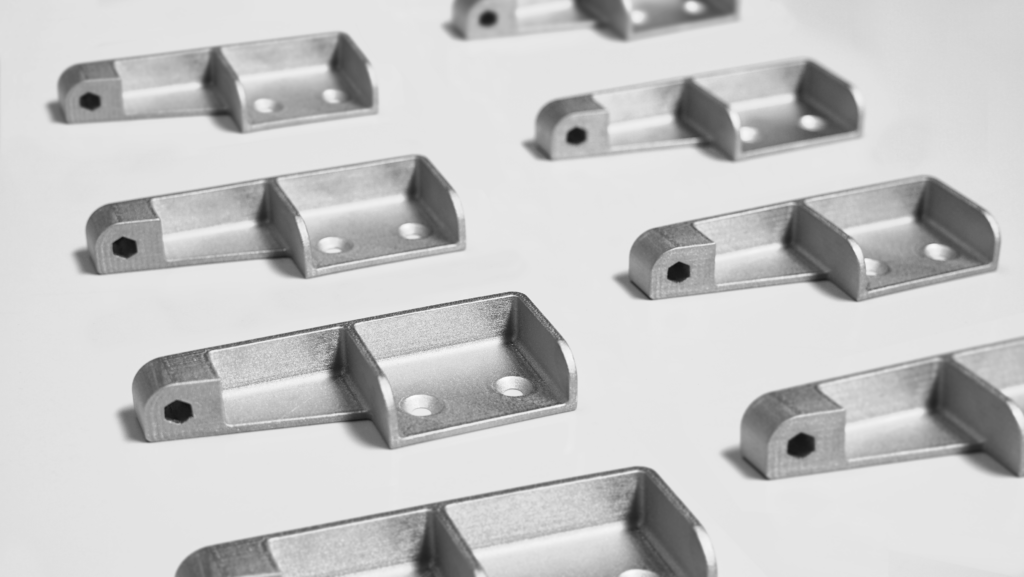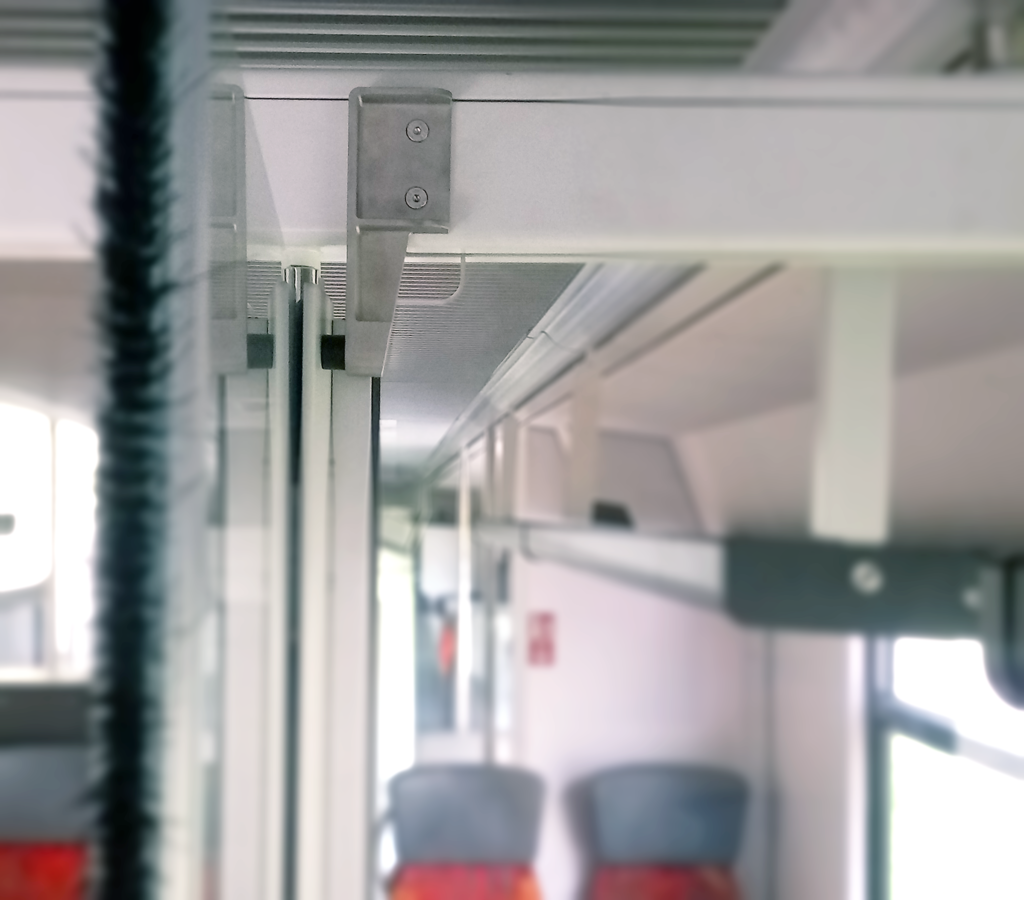Train rolling stock manufacturer Alstom (Euronext Paris: ALO) is partnering with BASF´s Replique to 3D print spare parts. Replique is on the move, having previously partnered with Miele and establishing a materials coalition. Now, Alstom is digitizing a portion of its supply chain to be able to decentralize spare parts. And, while additive manufacturing (AM) is increasingly being used in the rail industry for spare parts, this project may be the first such case in which metal filament extrusion was the technology of choice.
“Additive manufacturing is now a key part of our supply chain. With Replique, we benefit from 3D printing and materials expertise, as well as a decentralized manufacturing network covering all relevant locations and technologies. Their end-to-end services enable us to respond faster and more cost-effectively to different customer requirements,” Ben Boese, Alstom Transport Deutschland´s 3D Printing Hub Manager, stated. “The additive manufacturing market is still very fragmented, which makes it impossible for end users to find an optimal solution for each part. With Replique, we benefit from all major additive manufacturing technologies and materials from a single source. In addition, we receive optimal technological preparation.”
The company is beginning with a relatively simple doorstopper that was qualified for production in just six weeks. In this time period, the team tested, assembled, and then got approval for series production. Notably, the doorstopper was made using BASF Ultrafuse 316L filament, combining material extrusion 3D printing and sintering to keep costs on the part very low.

“We were able to produce the doorstopper in a cost-neutral manner compared to conventional methods. Within the near future, we plan to further exploit the technology’s potential by creating topology-optimized designs of new parts, or even make them lighter by using reduced infill,” Boese stated.
“Alstom has already shown in the past how 3D printing can be integrated in a lean and cost-efficient way. They are pioneers in additive manufacturing, and we look forward to supporting them on their journey to simplify and fully digitize their supply chain for all printable series and spare parts,” Dr. Max Siebert, Replique CEO said.

BASF’s Metal Material Extrusion Bet
I love what BASF is doing here. The firm is using its immense size to talk face-to-face with really large companies that it already supplies. In this case, Alstom is nearly one hundred years old and brings in revenues of about €8.785 billion, with some 75,000 employees around the world.
BAS then provides its clients with a platform, Replique, that provides access to multiple production technologies and materials across multiple vendors. A software company or original equipment manufacturer could pursue a similar strategy, but BASF has situated itself as the broker for those relationships and the platform.
If the company is good at digitizing supply chains and is not greedy in the short term, then it can build up a very enviable position at the center of digital spare parts production. This is a much more high-level, much more important position for the firm to be in than just supplying material. At the same time, BASF can still use its platform to promote its own materials.
If a company like Alstom would independently look for production technologies for maintenance, repair, and overhaul, then it would probably return with a solution driven by powder bed fusion (PBF). This is the most mature additive technology for metal parts and could print many of the parts that such a business would want to make. PBF also has a plurality of vendors in materials and machines, making it look like a more mature, safer, and more resilient bet. The Alstom team may have partnered with an up-and-coming binder jet company, as well. However, is extremely unlikely that it would have chosen a material extrusion filament process that uses low-cost systems to produce green parts that are then sintered.
This not a very widespread technology, nor is it very well understood. Currently, it is also very difficult to make components properly with the first print using this technology because sintering changes part properties, which differs depending on geometry and wall thickness. So, for BASF to be the one that is doing this is completely brilliant. At the same time, BASF is big but super slow, so to have Replique as a faster minnow of a startup to quickly respond to customers is also very smart. I believe that the digital inventory business will be a very profitable and sticky industry. We may have a winner in that space before it has even properly started yet.
Subscribe to Our Email Newsletter
Stay up-to-date on all the latest news from the 3D printing industry and receive information and offers from third party vendors.
You May Also Like
UpNano Launches 2PP 3D Printing Service with New NanoPro VT Printer
UpNano, an Austrian company specializing in two-photon polymerization (2PP) additive manufacturing (AM), has launched a service bureau that will offer high-volume output of microscale parts. The new service, NanoPro, will...
Materialise Updates Magics and Partners with BLT at Formnext 2024
At this year’s Formnext, 3D printing software and services pioneer Materialise, unveiled a series of software updates designed to enhance customization capabilities in 3D printing for its users. The announcement...
HP’s New Materials, Tools, and Collaborations to Drive 3D Printing Forward at Formnext 2024
At Formnext 2024, HP unveiled several key developments aimed at advancing additive manufacturing (AM), with new materials, workflow optimization tools, and expanded metal printing capabilities. These announcements reinforce HP’s strategy...
Farsoon at Formnext: What’s New in 3D Printing for 2024
With Formnext 2024 underway in Frankfurt, Farsoon Technologies (SHA: 688433) is showcasing a series of developments unveiled in the lead-up to the event. From advancing food-safe 3D printing for the...




































